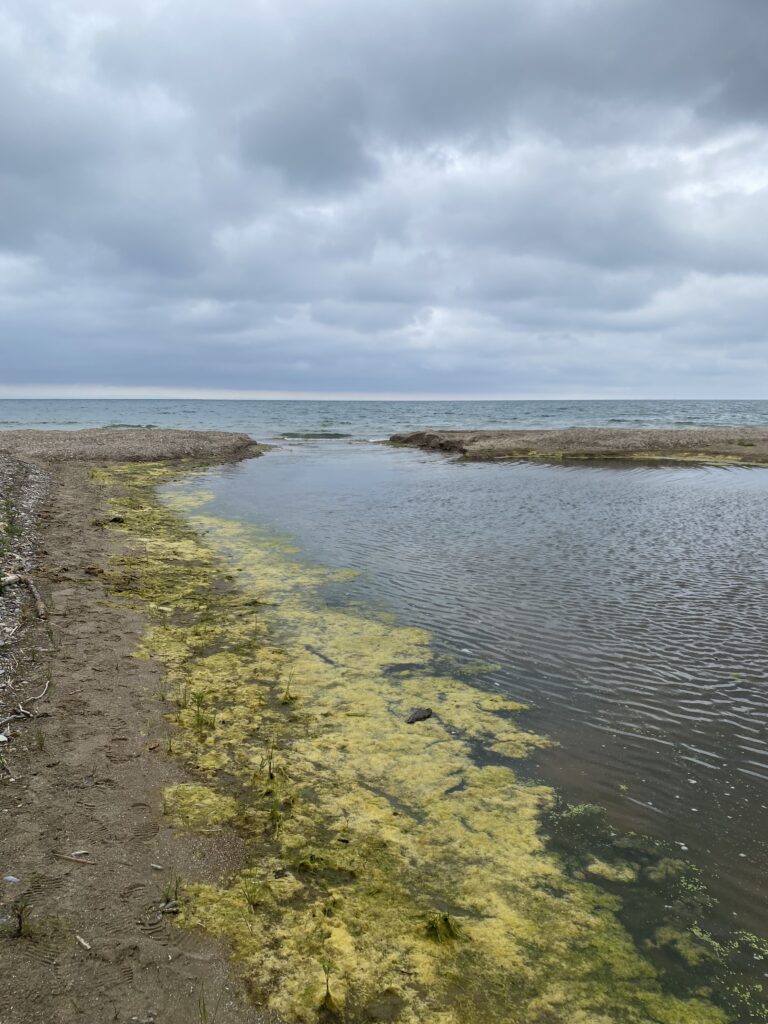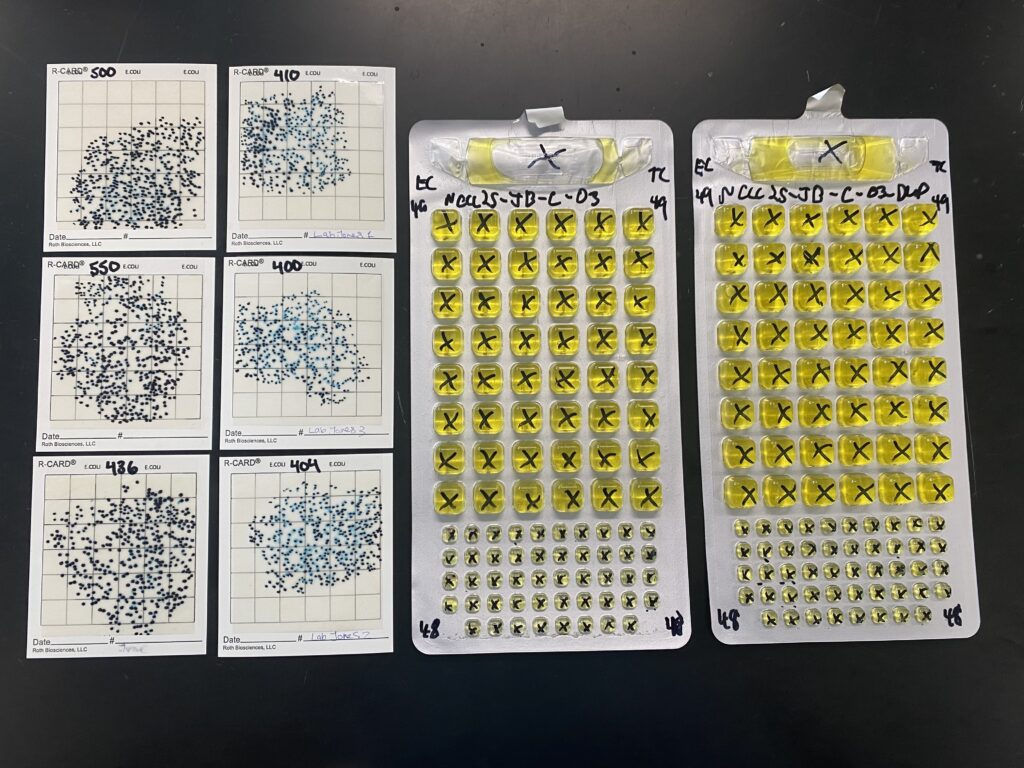E. coli Testkit: development and validation
Exciting news! Water Rangers is currently piloting our E. coli test.
We are in the process of developing our first ever bacteriological testkit which will allow community scientists to test their local lakes, rivers, and streams for E. coli.

What is E. coli and why are we testing for it?

E. coli (Escherichia coli) is a bacteria that normally lives in the intestines of animals (including humans). It helps us digest food.
However, when E. coli ends up in drinking water or swimming spots it can be harmful to our health. It usually means the water has been contaminated by sewage or animal waste, which can make people sick.
That is why E. coli great indicator of fecal contamination in freshwater – especially if there has been a combined sewer overflow, stormwater contamination, or a leak from wastewater systems. With testing regularly, we can better understand the health of our water and sources of pollution in local water bodies.
For more information, check out our page on E. coli.
How does our new test work?
Our testkit uses ROTH R-Cards™ to test E. coli in small (1 mL) water sample. Most E. coli detection methods require access to a laboratory space, which isn’t always possible for community scientists or rural communities.
Our testkit works almost anywhere with a few basic tools:
- An incubator
- Sterile gloves
- A 1 ml syringe
- conductivity meter
- ROTH R-Cards™
- field guide and notebook
ROTH R-Cards™ are what is considered a crude method. While our kits won’t give exact numbers like a professional lab, they are good enough to help us spot water issues and guide next steps. (Just keep in mind, they’re not accurate enough to provide beach advisories for swimming, etc.)
The testkit is available on our store webpage in the U.K. and North America.
How are we testing the test?
Before we launch any new testkit, we do a lot of trialing and feedback to make sure it works well.
This summer, our Lake Erie Rangers are helping us test the new kits. They’ve been trying them out and giving us feedback on:
- How to collect samples
- How to use the incubator
- How to read results from the cards
This helps us improve our instructions and answer common questions. It also helps us build a bigger picture of E. coli in the Great Lakes region and how community science can help fill in important data gaps.
Comparing our tests to lab results

Understanding the strengths and limitations of new equipment helps us evolve our testkits and make them easier to use. To check how accurate our test is, we’re working with experts at Niagara College, Swim Drink Fish, and McMaster University. Together, we’re comparing the ROTH R-Cards™ with lab-based testing methods, using the same water samples
Other methods we’re testing against include:
- ROTH R-Cards™ (3 mL version)
- ColiPlate®
- IDEXX Colilert
- IDEXX Tecta
These are all used by cities and scientists to monitor water safety. While our kit won’t be quite as exact, comparing results helps us understand what it’s best used for and where it can make the biggest impact.
This project is funded in part by the Canada Water Agency and Ontario’s Great Lakes Local Action Fund.



